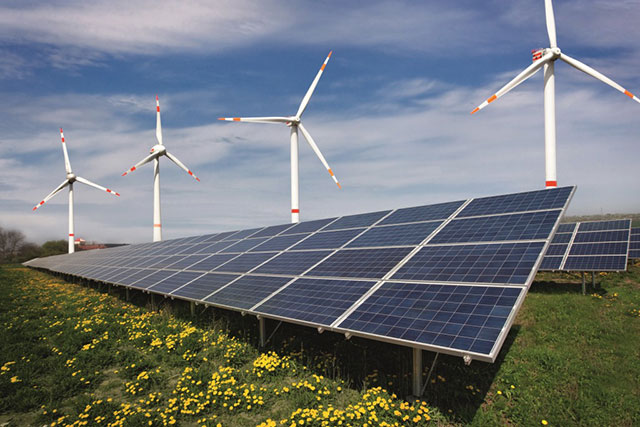America has been exhibiting renewed vigor in sourcing the better part of its energy supply from renewables.
President Barack Obama recently declared that the country’s administration will focus on cutting its greenhouse emissions by 40 percent in another decade.
Against this backdrop, research by a Duke University team reaffirms the country’s commitment to the goal of shifting to clean energy.
The study report indicates that coal-powered units are making way for renewable energy projects, an indication of which is the proportional distribution of jobs cuts versus new ones created
Researchers have found that the coal mining industry in the US has shed 50,000 jobs from 2008 to 2012. That accounts for a reduction of about 12 percent of all jobs in five years.
During the same period, solar and wind power industries created 79,000 jobs. Besides, natural gas installations added another 94,000 jobs.
According to the researchers, these industries also contributed about 220,000 indirect jobs.
In the middle of last year the Obama administration mandated a 30 percent cut in carbon emissions at fossil fuel-burning power plants by 2030.
The administration is pushing the regulation — Clean Power Plan — knowing fully well that it would lead to the closure of several power plants and the consequent reduction of 250,000 jobs a year.
Although two-thirds of the federal government hasn’t signed off the plan and 13 states are gearing up to fight it, the government hopes to pull through in its effort to enact the legislation.
Further indication of the US pivot toward renewables is that the US Energy Information Administration has stated that in the short term, about 50 percent of its coal units were to be retired. By 2016, coal-powered units totaling capacity of 60 gigawatts are to be retired.
One concern that has been highlighted in the report is that the distribution of the reduction in jobs and their replacement isn’t uniform across the country.
This has led to a mismatch in demand and supply of jobs in states such as Kentucky and West Virginia.
However, the new energy sector opens new avenues for employment for each job created. While the coal industry creates about two indirect jobs per direct, natural gas units generate three indirect jobs per job created.
The Duke study has pointed out that wind and solar power sectors could create up to 10 indirect jobs, particularly in installation, based on conservative estimates.
Ajith Kumar S
editor@greentechlead.com

